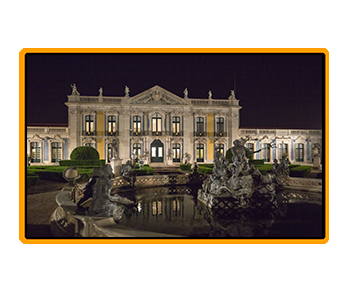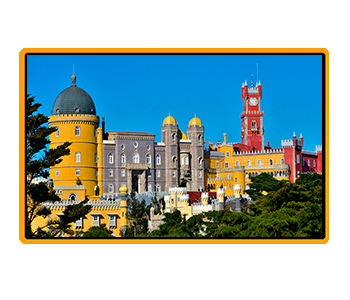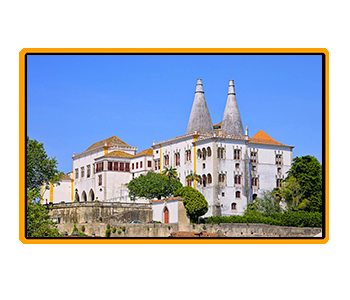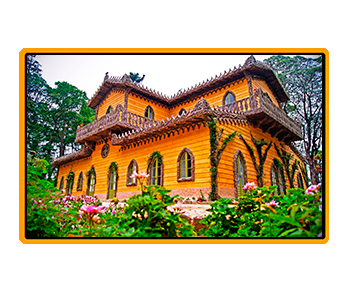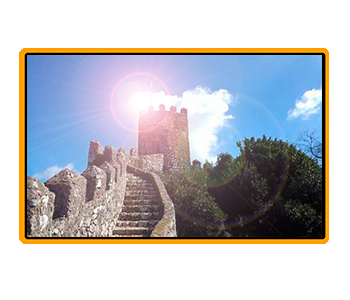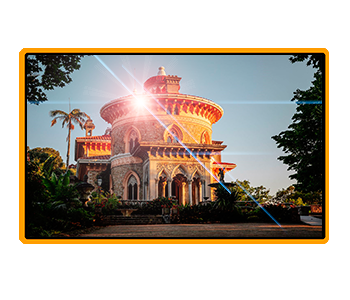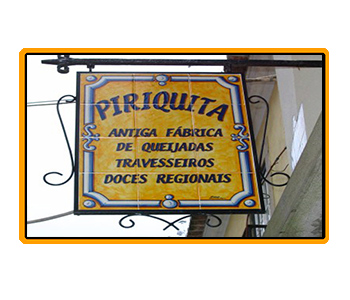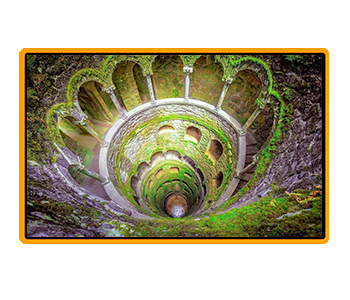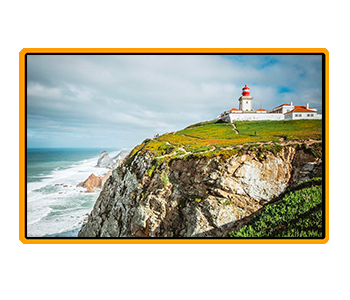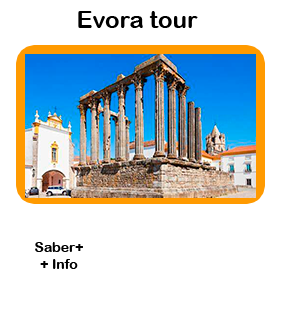Piriquita pastery & bakery
The bakery that would later become known as Casa Piriquita was founded in 1862, around 160 years ago. the name Piriquita comes from the nickname that King D. Carlos I gave to Constancia Gomes (founder of the pastry shop with her husband Amaro dos Santos), based on its downtown
stature. It was King D. Carlos I who encouraged the couple to make the famous Queijadas, a sweet treat that he enjoyed during his summers in Sintra. The success was immediate and the bakery soon became a pastry shop. Constancia Luisa Cunha, daughter of the founder
developed the Travesseiro, a pastry filled with egg sweets and with an almond touch, but with the secret so well kept that only the immediate family has access to the filling recipe. Today in the fifth generation this is a rare case of survival of
a family project.
